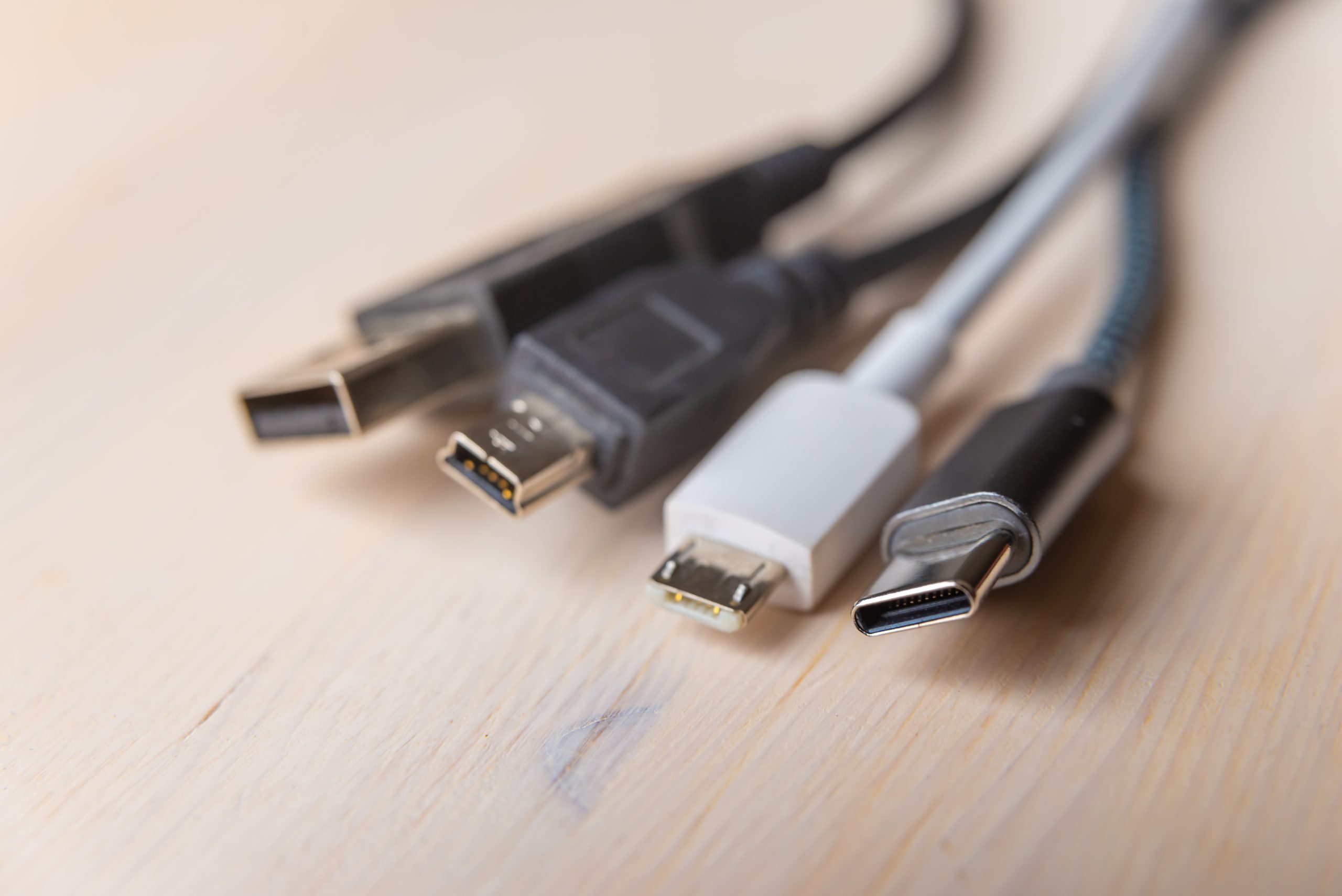10 essential steps to ensure enterprise data security
Most organizations that run cyber adopt basic protections like limiting employee access to important company data.

Get fresh insights, pro tips, and thought starters–only the best of posts for you.
Lizzie Warren
Aug 31, 2022
6 min read
You can hack devices through a charger. That seems ridiculous, doesn’t it? It’s now possible through O.MG cables. These cables can be anything from a malicious Lightning to USB-C cable, that was handcrafted to appear and feel just like a genuine wire from the outside. Hackers can now very conveniently replace a potential victim’s charger cords with these cables, to gain access to their system and push various payloads on it.
The cable is named O.MG after the texting phrase Oh My God!, which is probably what victims exclaim when they realize they’ve been hacked.
This was actually designed for cybersecurity Red Teams. They are white-hat hackers that will attack an organization’s whole network in order to identify weaknesses and potential entry points.
The O.MG cable can transport payloads and detect keystrokes on conventional operating systems, smartphones, and tablets, that allows to monitor usernames, passwords, and other inputs from more than 2 kilometers away.
This cable could be dangerous in the hands of a person with malicious intent. O.MG cables contain a small network access point through which the attacker accesses the connected device. The cables come in a variety of configurations, including Lightning, USB-C, USB-A, or micro-USB, and may physically resemble cords from a variety of accessory manufacturers, making them a significant danger to device security. The main features of O.MG cable include:
Attackers do not have to be near the cable to send orders. The O.MG cable’s Wi-Fi chip in the access point can be programmed to connect to a Wi-Fi network allowing orders to be executed from a distance.

It’s clear that being aware of and preventing the use of suspicious charging cables for your device can avoid this issue to an extent. It is sometimes tempting for us to use random cables found in our offices or somewhere in public, but the risk it offers is high. Those cables may meet our need to charge the device, but they may also include a wireless implant that attackers may use to access your device. Such cables might perform actions such as data extraction or device control without the user’s knowledge. Proper awareness should be provided to the users and employees regarding this threat.
The O.MG cables include a tiny embedded chip and are practically the same size as normal wires, making it incredibly difficult to distinguish from a normal cable. Cables offered as presents, or those given by hotels or airport lounges, and shared charging cables….the possibilities are limitless to be a victim of this attack. This is where Unified Endpoint Management (UEM) comes into play.
Even if you plug in a device using a charger brought online, there is a chance that your information will be stolen and transmitted to a remote attacker. The danger with O.MG cables is that consumers frequently believe they are entirely secure because they resemble a standard mobile phone charging cord. As mentioned above, these cords may be of any form, whether it’s Lightning, USB-C, USB-A, or micro-USB so it doesn’t matter if the device is Apple or Android.
UEM implements efficient mechanisms to ensure that data stays safe even if it falls into the hands of hackers. The security features offered by UEM solutions like Hexnode protect company data and resources against device misuse and other security concerns. UEM features include:
The USB drive access and network access feature will help IT admins to restrict users from connecting to any USB or network drives in the system. The media management feature also facilitates the prevention of O.MG cable threats. UEM solution allows to customize media usage options on devices for external drives, internal drives, and optical media. IT admins can choose whether to allow or deny media use. Denying media access prevents it from being mounted and limits data transfer from devices. This helps in keeping the data safe from unwanted access.
Data breaches usually begin at endpoints, so the risk to your enterprise from data breaches grows as you add more devices. UEM solution helps to identify and protect devices that connect to the network, no matter where they are. We can reduce the risk of O.MG cables with UEM as it protects our endpoints through supervision.
The UEM solution includes a compliance feature that indicates if a device fits the set of rules enforced by the enterprise or not. The devices can be continuously monitored to identify the existence of any threats and provide real-time alerts to admins if any risks are detected. Implementing appropriate access controls assists in restricting access to sensitive data and thereby prevents leaks.
In an increasingly competitive world, data security is a top priority for both individuals and corporations. Have you picked up an extra cord in meeting rooms or purchased generic cheap wires on Amazon? With hacking cables freely available on the internet, you must always be on the watch for a data breach.
Try 14-day free trial to learn more about how Hexnode can assist your organization in ensuring organizational data security through device management.
Try out now
Share your thoughts